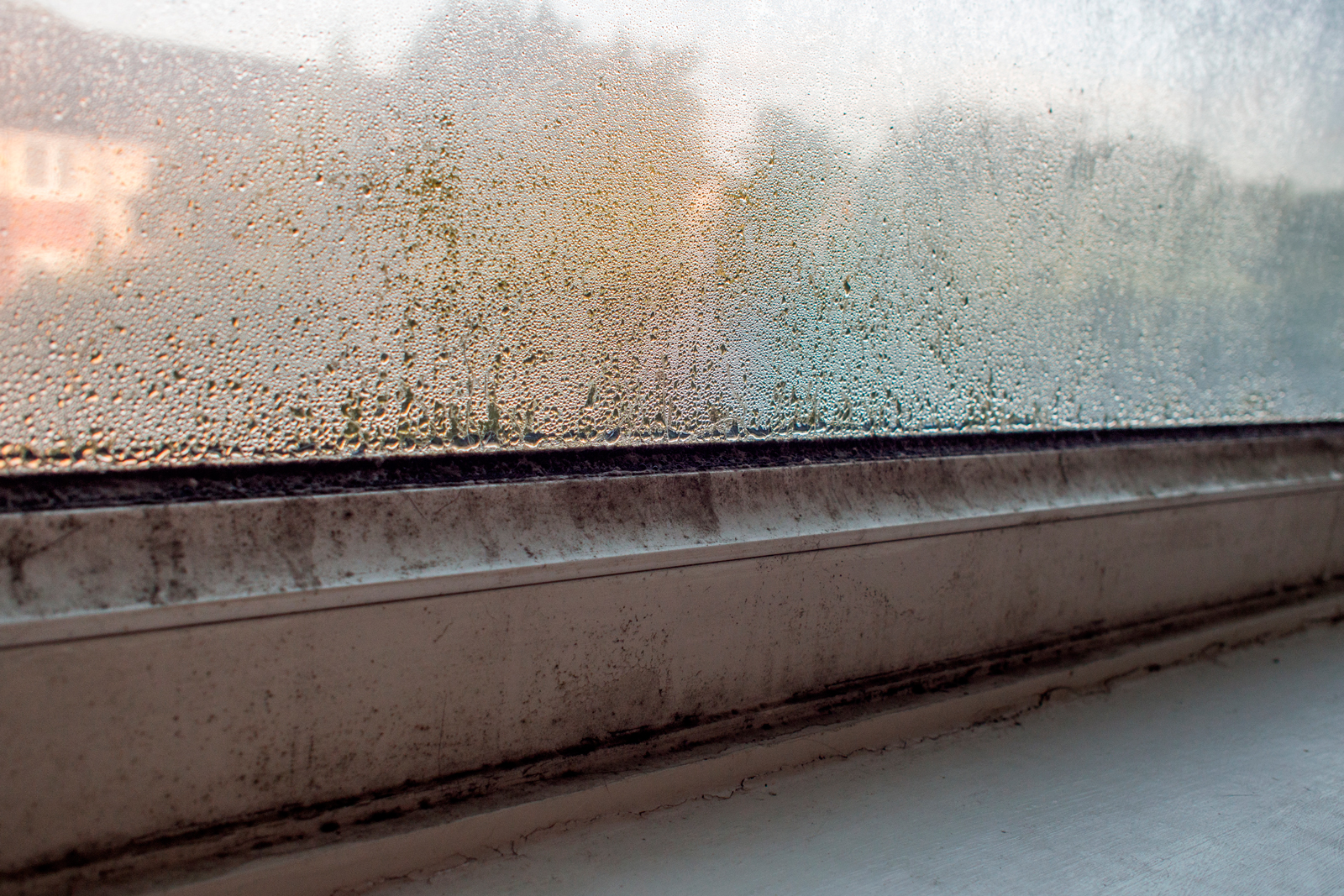Rising Damp, Penetrating Damp and Condensation

Dampness in building materials can be harmful to the structural integrity of buildings. If not treated properly water ingress can damage bricks and mortar, causing cracks in masonry, spalling and chipping.
Different types of dampness need different treatments. It is therefore important to find out exactly which type of dampness is affecting the building, as the wrong treatment can in some circumstances do more harm than good. Call us on 01403 210204 or submit an enquiry for information on damp proofing companies conducting damp surveys.
Call us on 01403 210204 or submit an enquiry for information on damp-proofing companies conducting damp surveys.
Rising Damp
Rising damp is caused by groundwater rising up through capillaries in building materials and causes walls to be damp. This can result in blistering on walls, peeling of paint and wallpaper and crumbling plaster. Damp walls, affected by rising damp, often have visible damp patches on the lower part of the wall.
If rising damp is the cause of dampness in the wall, the problem can be solved through the installation of a remedial DPC. The use of either Dryzone Damp-Proofing Cream or Dryrod Damp-Proofing Rods is recommended. The Dryzone Express Replastering System offers the opportunity to treat and replaster walls affected by rising damp within only 24 hours.
For more information on rising damp, see Rising Damp and its Control or view the full rising damp renovation range.
Penetrating Damp
Penetrating damp causes damp patches all over the inside of exterior walls, in particular around windows and doors. To solve this problem, any damaged or deteriorated masonry needs to be restored. Any cracks and loose mortar joints should be fixed or renewed. Seals around windows and doors should be checked and if necessary replaced.
To protect walls from penetrating damp and wind driven rain masonry can be treated with Stormdry Masonry Protection Cream. Stormdry is a breathable masonry sealant, which protects masonry for 25 years from penetrating damp. It has no effect on the appearance or the breathability of the wall.
Condensation
Condensation should not be neglected either. People unconsciously contribute to increased humidity in houses. Cooking, showering, drying clothes, etc. can drastically increase humidity in buildings, which can in some circumstances be balanced with correct ventilation. However, it can be difficult to adhere to a correct ventilation regime and moisture, which is contained in the air, condenses on cold surfaces, such as walls and windows. Condensed water is often the reason for mould growth in bathrooms and kitchens, which are often difficult to ventilate.
Dehumidifiers and fans can be used to improve the humidity levels. Additionally cold walls can be insulated, so that less moisture condenses on these areas. For additional protection against mould, walls can be painted with mould resistant paint, such as Dryzone Mould-Resistant Emulsion Paint. The Dryzone paint prevents mould growth for at least 5 years, even where there is consistent condensation. After drying, the paint is fully washable and can easily be cleaned.


